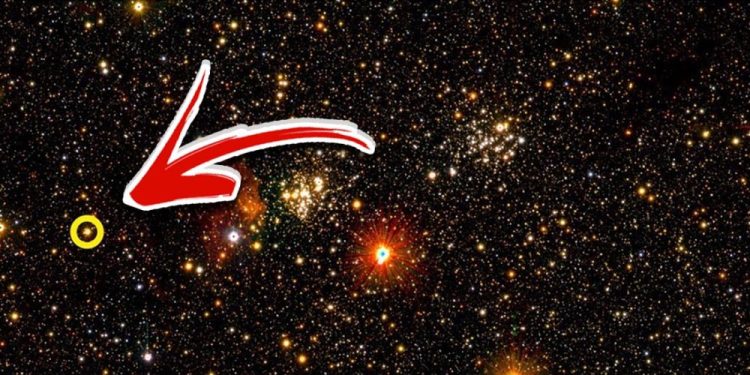For decades, astronomers have searched for signs of alien civilizations, scanning the cosmos for radio signals or other “technosignatures.” But what if the roles were reversed? If an alien civilization had technology similar to ours, would they be able to detect Earth?
A groundbreaking study led by SETI (Search for Extraterrestrial Intelligence) scientists flips the script—analyzing which of humanity’s own signals could be visible from space and at what distances.
Could Aliens See or Hear Us? Here’s What the Science Says
While much of SETI’s work focuses on searching for extraterrestrial signals, this study looked at the issue from an entirely new perspective:
- What Earth-based signals are detectable from space?
- How far would an alien civilization need to be to pick them up?
- Which forms of technology—radio waves, pollution, city lights—would be most visible?
The Most Detectable Technosignature: Radio Signals
Among all human-made emissions, radio signals stand out as the most easily detectable. The study found that powerful planetary radar transmissions—such as those once sent from the Arecibo Observatory—could be spotted from up to 12,000 light-years away.
While this may sound promising for extraterrestrial detection, there’s a catch: Earth’s radio footprint is shrinking. As we move toward fiber-optic communication and less radio-intensive technologies, we’re emitting fewer powerful signals into space.
Could aliens already be listening to our past transmissions? If they exist within that 12,000 light-year range, they might already know we’re here.
Can Pollution in Our Atmosphere Be Detected?
Beyond radio waves, atmospheric pollution is another possible giveaway. Scientists looked at whether alien telescopes could detect Earth’s nitrogen dioxide (NO₂) emissions, a byproduct of fossil fuel combustion and industrial activity.
The results? Detection is difficult, even with the most powerful space telescopes.
The upcoming Habitable Worlds Observatory (HWO), a next-generation telescope in development, could potentially spot NO₂ emissions—but only from a maximum of 5.7 light-years away. That’s just slightly farther than Proxima Centauri, our closest stellar neighbor.
This means that if an Earth-like planet had pollution in its atmosphere, we would need to be very close to detect it. The same applies to aliens trying to spot us.
Would City Lights or Satellites Be Visible from Space?
What about artificial light? Could the glowing cities of Earth or our thousands of satellites be visible to alien observers?
The study found that while city lights, lasers, and satellites are obvious signs of technology, they are far too faint to be detected from astronomical distances.
However, if an alien probe were lurking nearby—within 100 million kilometers of Earth (about two-thirds of the way to the Sun)—it could spot artificial lights on our planet’s surface. This raises an interesting question: If we’re looking for alien civilizations, should we also be searching for possible probes in our own solar system?
What This Means for the Search for Alien Life
This study has major implications for SETI research:
- Refining how we search – By understanding what makes Earth detectable, we can better identify similar signals from distant exoplanets.
- A shift in focus – Instead of assuming advanced civilizations, we should also look for planets with technology at our level.
- A fresh perspective on Earth’s place in the cosmos – If an alien world has pollution or radio signals, they might be just like us—wondering if someone else is out there.
Dr. Sofia Sheikh, lead author of the study, explains: “One of the most satisfying aspects of this work was getting to use SETI as a cosmic mirror: what does Earth look like to the rest of the galaxy? And how would our current impacts on our planet be perceived.”
If intelligent life exists elsewhere, should we be actively broadcasting signals to let them know we’re here? Or is that too risky?











